
Soil Health & Fertilization
We unite suppliers and green industry professionals worldwide
Bachelor’s Button (Centaurea cyanus), or cornflower, has a bit of name that may bring to mind the flower of a free spirit or a romantic soul. Native to Europe but beloved across the globe for its bold, colorful blooms and ability to thrive in a variety of
By Mariam Scott
|Published on June 16, 2025
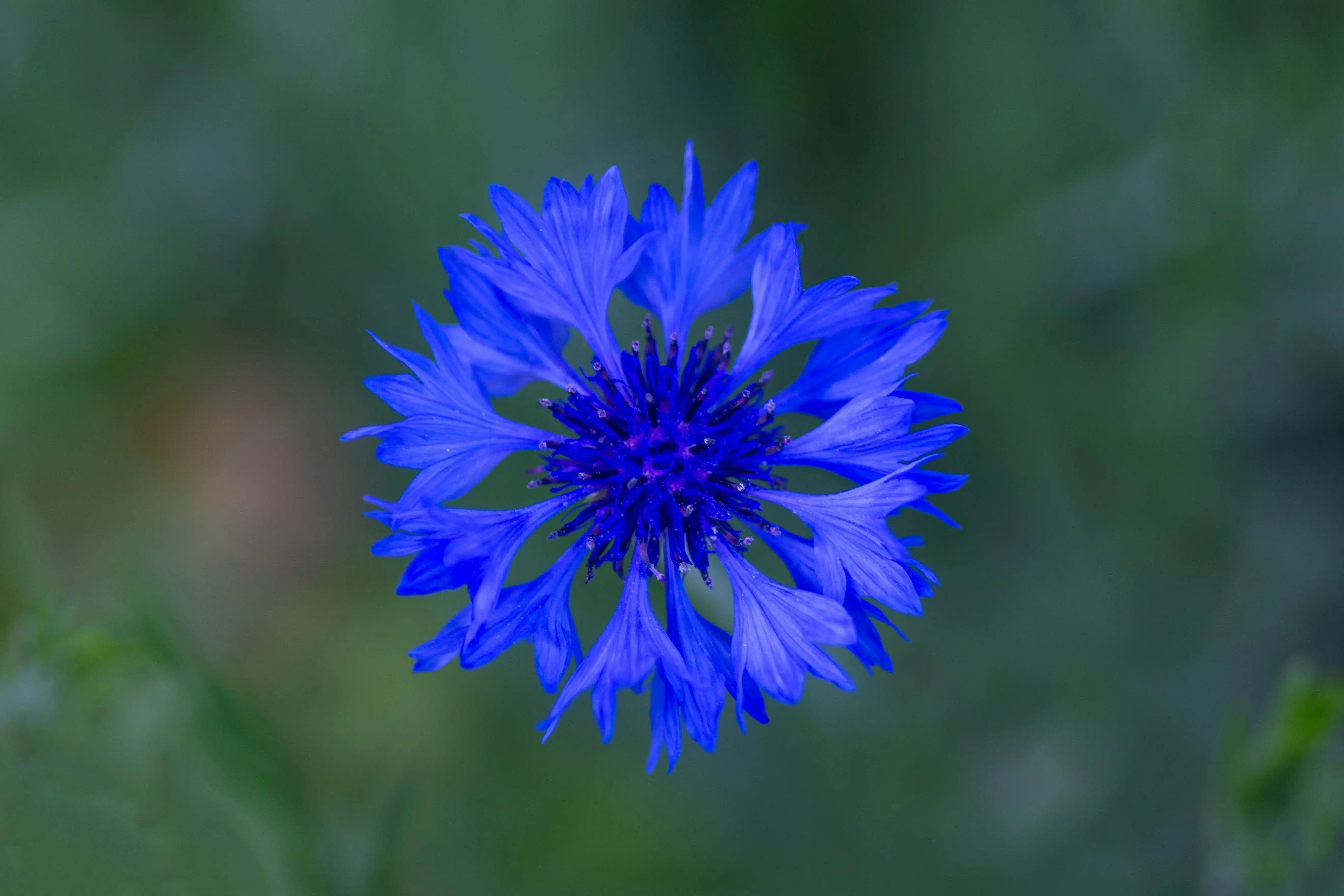

“Bachelor’s Button”— a title that intrigues, and makes you think: Is there really a blossom for the unattached? Or is there something more magical within this delightful flowering?
Bachelor’s Button (Centaurea cyanus), or cornflower, has a bit of name that may bring to mind the flower of a free spirit or a romantic soul. But what is it about this lovely, blue (and sometimes pink, purple or white) bloom that has enchanted gardeners, as well as florists, for centuries? Its name may seem whimsical, carefree, and the flower is certainly living up to that name.
| Common Names | Bachelor's Button, Cornflower |
| Botanical Name | Centaurea cyanus |
| Type | Annual, biennial, or short-lived perennial |
| Height | 1–3 ft tall, 1–2 ft wide |
| Sunlight Needs | Full sun (6+ hours daily) |
| Soil Needs | Well-draining, neutral to slightly alkaline (pH 6.0–7.5) |
| Watering Requirements | Moderate; drought-tolerant once established |
| Bloom Time | Late spring through summer |
| Flower Colors | Blue (most common), pink, purple, white |
| USDA Hardiness Zones | 3-9 |
| Toxicity | Non-toxic; flowers are edible and used ornamentally |

September 25, 2025
9 minute read
September 24, 2025
9 minute read
September 23, 2025
10 minute read
September 22, 2025
9 minute read


Join as a seller and connect with thousands of B2B buyers nationwide!
Sign Up
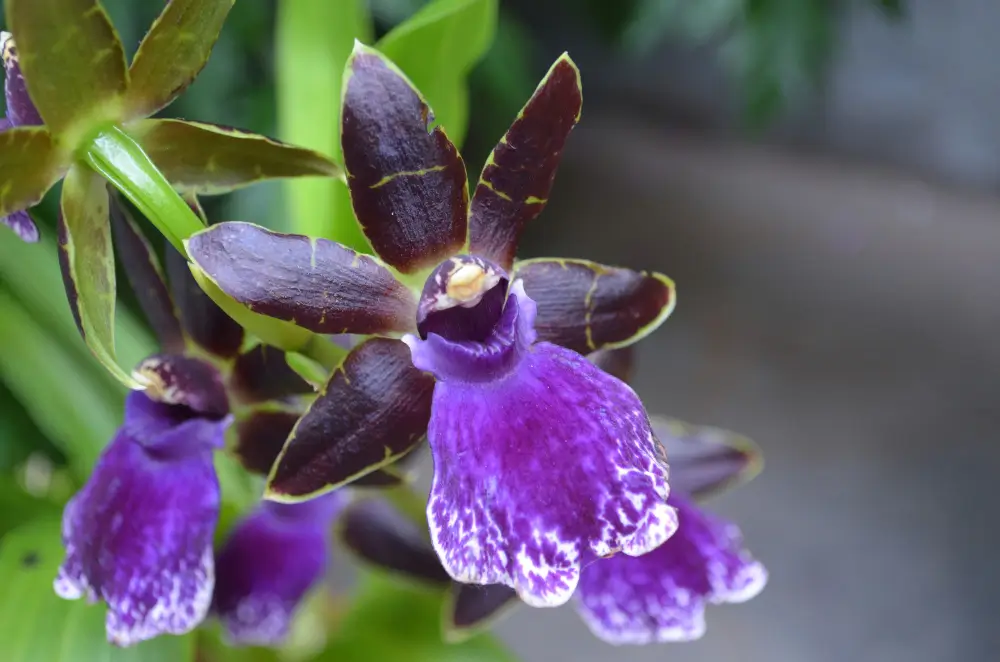
Zygopetalum Orchid
The Zygopetalum Orchid (Zygopetalum spp.) is a tropical orchid that features gorgeous, unique flowers with a strong sweet scent. It can withstand more cold than many of their orchid relatives, which makes them one of the more accessible choices for indoor
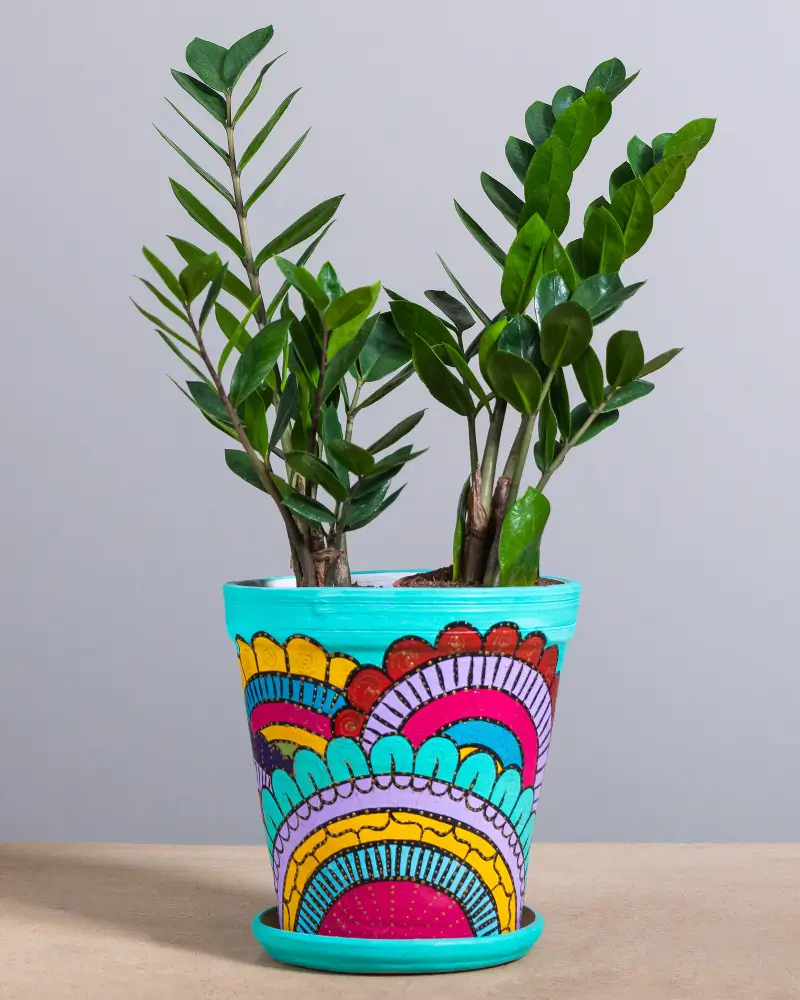
ZZ Plant
The ZZ Plant is a low-maintenance houseplant, with people loving it for its shiny deep green leaves, vertical growth habit, and absolute toughness. Its sculptural, waxy leaves and architectural silhouette are adaptable to nearly every interior style, from
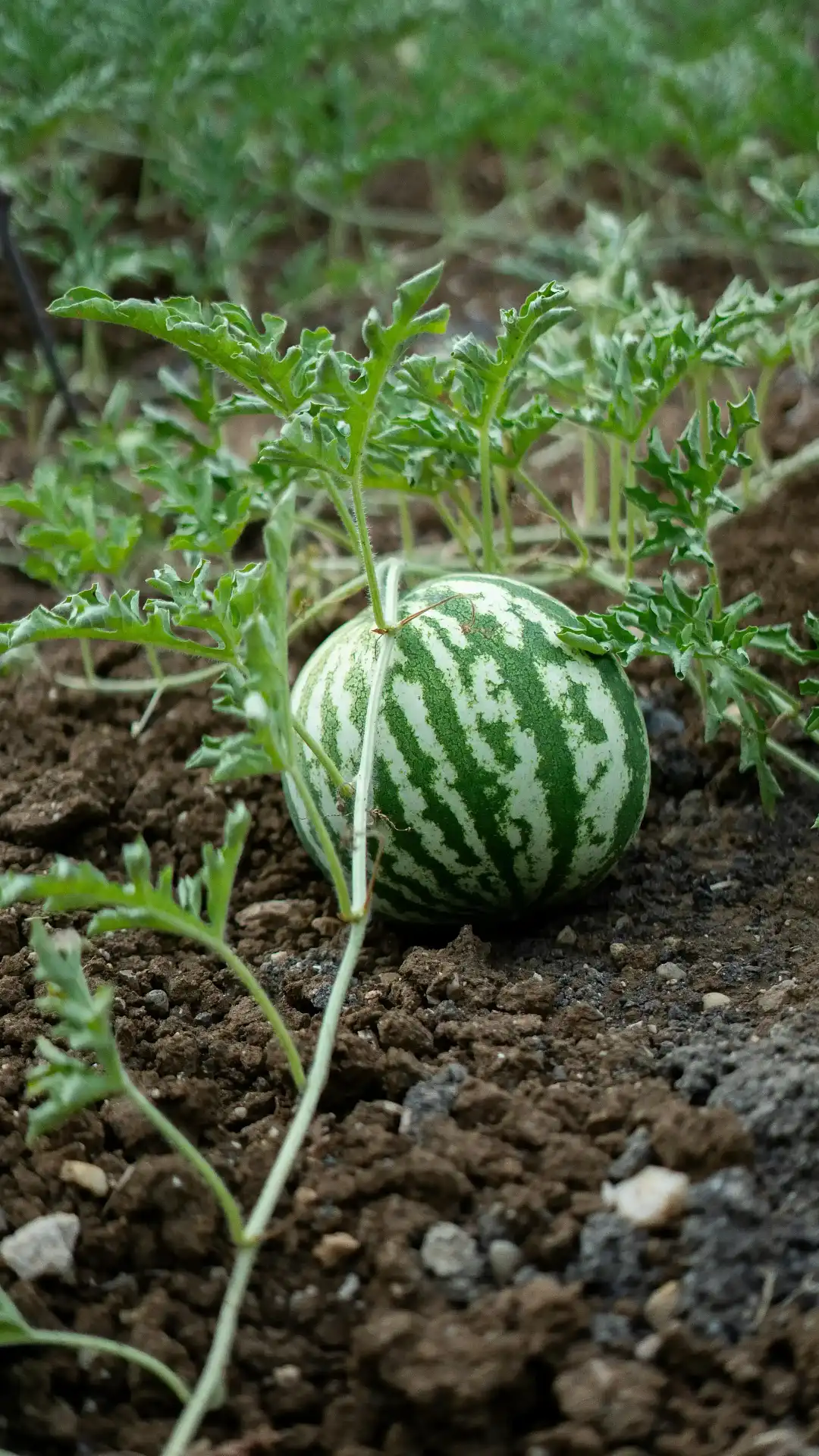
Watermelon
Watermelon (Citrullus lanatus) is one of the most iconic fruits of summer—juicy, sweet, and endlessly refreshing. With its sprawling vines, vibrant green rinds, and brilliant red (or yellow, or orange!) flesh, this annual vine makes a bold and delicious s
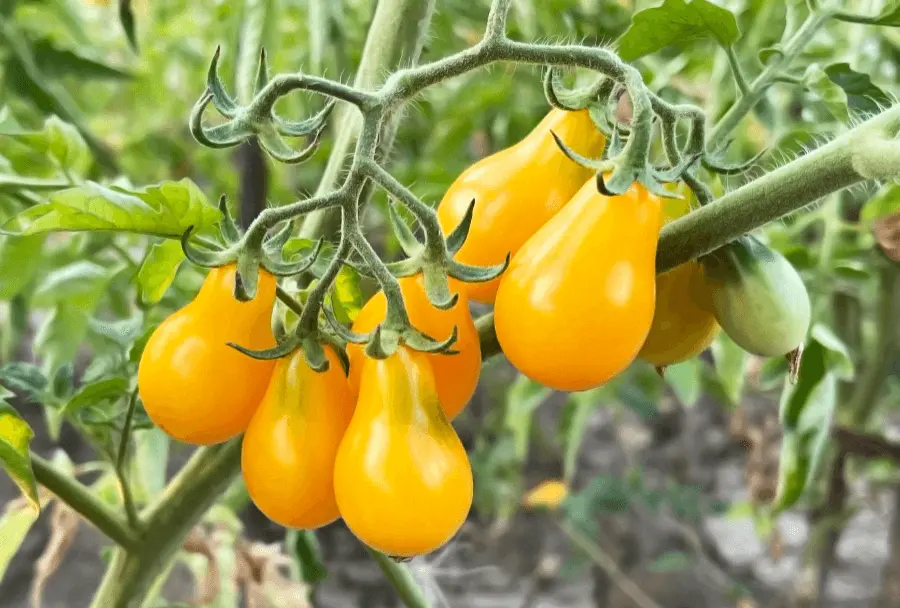
Yellow Pear Tomato
Yellow Pear Tomato – this adorable heirloom variety is mostly grape-sized with fresh yellow fruit in the shape of teardrop or tiny pears. This tomato has been passed down through generations of gardeners for its sweet flavor, prolific yield, and playful
Apparently, the name Bachelor’s Button refers to the bachelorhood. The flower was worn on mens' lapels to indicate that they were single. Also, the flower’s solitary bloom was believed to mirror the unattached bachelor’s way of life. Coincidentally, the name also references the button shape of the flower’s petals.
Bachelor's Button: native to Europe but beloved across the globe for its bold, colorful blooms and ability to thrive in a variety of settings. Whether growing in a meadow, cottage garden or container on your patio, it’s a plant as rugged as it is beautiful. Indeed, this flower has quite a history, hailed in some ancient traditions as representative of bachelorhood because of its bold, solitary blooms. Now it’s just as likely to be found decorating bouquets, wildflower gardens and even eaten as an edible flower.
Bachelor’s Button — A classic, easy-to-grow-to-plant with a splash of color. This plant needs little care and is versatile, so it is great for veteran gardeners as well as those just out of the gate.
Bachelor’s Button cannot survive without sunlight. This flower will only thrive in full sun, producing its maximum flower potential. It should be planted where it gets at least six hours of direct sun each day. The sun not only enhances its vivid colors, but strengthens it as well, allowing the plant to grow tall and strong. Settle them in a sunny spot, and Bachelor Button will treat you to a dazzling display. When growing indoors, provide it with as much sun as possible from a south-facing window.
Bachelors Button is tolerant of soil. It is not fussy and will grow in most well-drained soils. Succulents can thrive in a range of pH levels, but they prefer a slightly alkaline soil with pH level between 6.0 and 7.5. The soil should also not be waterlogged — this plant does not like sitting in wet soil. When planting, use loose, well-draining dirt to prevent root rot. When you add organic matter to the soil, you make it able to hold onto nutrients, while also allowing for good drainage.
Although Bachelor’s Button is relatively drought-tolerant once set up, it needs adequate watering regularly, especially during dry spells. Maintain the soil moisture at a medium level, allowing it to dry a little and not become soggy. Make sure the top layer dries out well before watering again. Watering too much will cause root rot, so it’s a matter of finding that balance. Water when the soil feels dry to the touch; don’t let the plant sit in water. Good drainage is essential for healthy
While Bachelor’s Button is a low-care flower, occasional deadheading will help keep it looking fresh and stimulate additional blossoms during the growing season. Deadheading — removing spent flowers — will also inhibit the plant from going to seed too soon and encourage it to go on producing fresh buds.
Bachelor’s Button propagates easily from seed, and you can grow it as a perennial if you’re in a warmer climate.
When propagation by seed:
For propagation from cuttings:
This long-stemmed flower is an excellent choice for container gardening.
Bachelor's Button is a tough plant that can winter in most areas.
The general consensus is to treat Bachelor's Button as an annual in colder climates (zones 3-5), though, and save the seed for the next season. Otherwise cover the base of the plant with mulch to protect the roots, or bring potted plants indoors in the coldest months.
In warmer zones (6-9) the plant can even come back annual, particularly if well mulched. If you’re planting it in a container, place it in a protected area for the winter season.
Bachelor’s Button is a dependable bloomer that provides you with flowers all growing long. Its fine but not timid flowers open from late spring to early summer and continue for weeks, drawing pollinators like bees and butterflies.
Full sun and well-drained soil encourage blooming. Regularly deadhead to encourage more flowers. Don’t over-fertilize, since excess nitrogen can inhibit blooming.
Bachelor’s Button is a relatively hardy and pest-resistant plant, but like any flower, it can fall prey to some common problems.
Bachelor’s Button, with its whimsical name and cheerful blooms, is more than just a beautiful face in the garden—it’s a symbol of resilience, simplicity, and timeless charm. Whether you grow it in the ground or in pots, it is one of the low-maintenance plants that can withstand various climates, and its eye-catching flowers appeal to both gardeners and pollinators.
Just a touch of sun exposure, well-drained soil and attention, and you’ll be able to enjoy these colorful blooms for weeks, that evoke nostalgia and natural beauty. It is a plant for beginners and experienced green thumbs who love flowers that do well with little attention and really give maximum visual payoff.
Though it’s not a great indoor plant, Bachelor’s Button can be grown in a bright window or under grow lights.
Yes! The common color is blue, but Bachelor’s Button can bloom pink, purple, and white, too.
They bloom primarily from late spring to summer and may continue to bloom for weeks. Deadheading will extend the length of blooming.

Soil Health & Fertilization
Victor Miller

Pest Identification & Prevention
Victor Miller

Lawn Care Tips & Maintenance
Victor Miller

Soil Health & Fertilization
Victor Miller

Smart Irrigation Systems
Victor Miller

Patios, Walkways & Driveways
Victor Miller

Soil Health & Fertilization
Victor Miller

Pest Identification & Prevention
Victor Miller
My Account
Our team is always here to help.
We are open Monday - Friday, 9:00 AM to 4:30 PM PST.